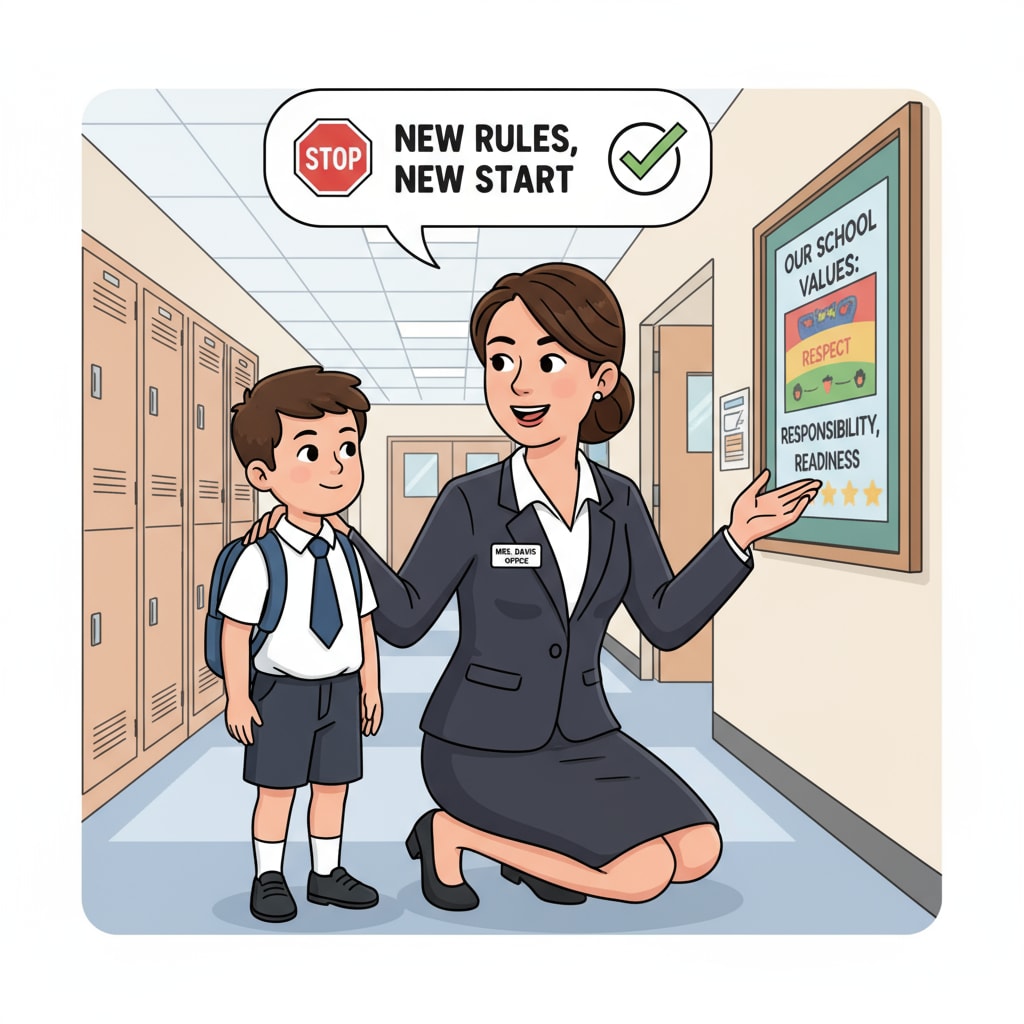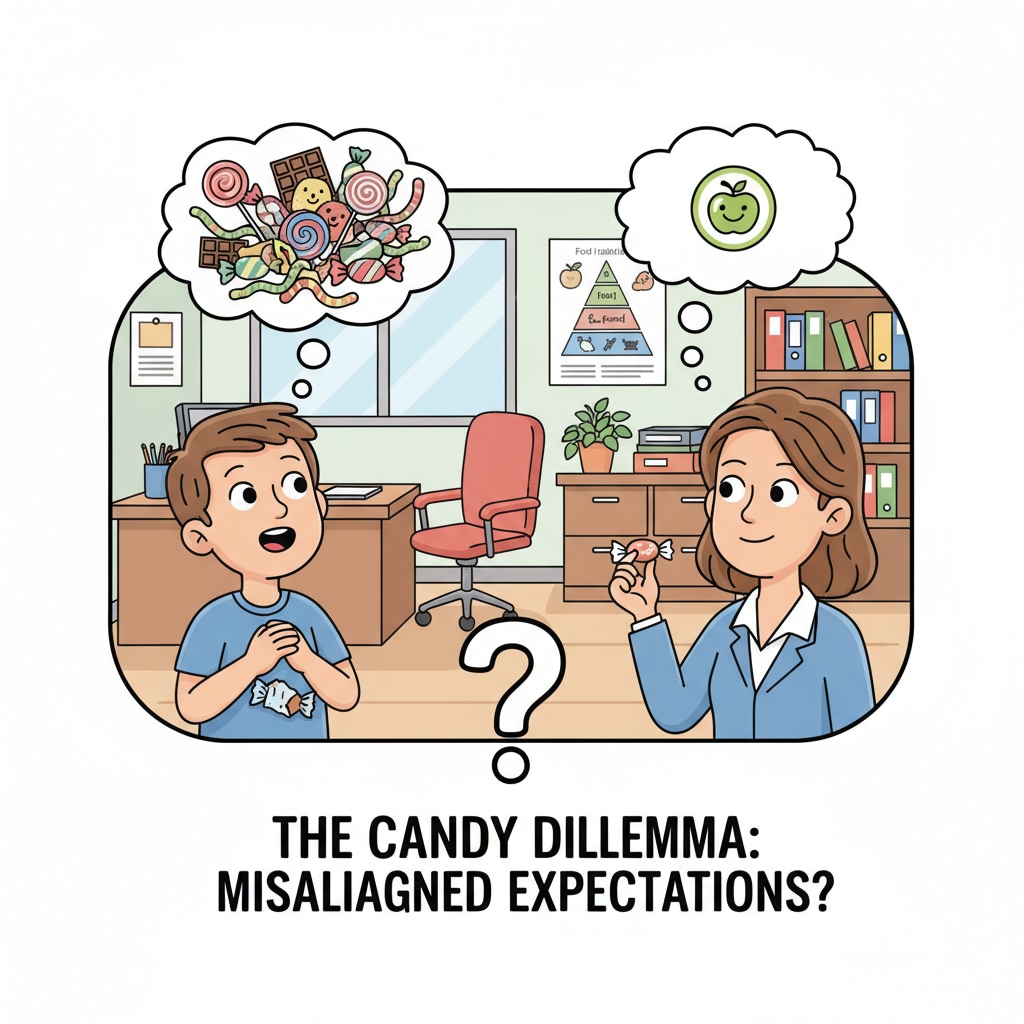In the complex landscape of the workplace, the issue of workplace relationships, relatives’ children, and behavioral boundaries often emerges, especially in a K12 education environment. This intersection can bring about unique challenges that require careful navigation. Consider the scenario of a school administrative assistant who finds themselves in a ‘candy dilemma’ with an 8-year-old cousin. This situation serves as a lens through which we can explore how to maintain a professional image while effectively guiding children’s understanding and behavior to foster a healthy campus interaction model.

The Candy Dilemma: A Microcosm of the Issue
The ‘candy dilemma’ is not just about a sweet treat; it’s a symbol of the misaligned expectations that can occur between relatives’ children in the workplace. The 8-year-old cousin might view the school administrative assistant, their family member, as a source of unlimited candies. This misperception stems from a lack of understanding of the workplace environment and the professional role the assistant plays. For example, in a school setting, there are rules and regulations regarding food distribution, and the administrative assistant has to adhere to these guidelines. However, the child, being young and innocent, may not grasp these concepts. Child development principles on Wikipedia tell us that at this age, children are still in the process of understanding social norms and boundaries.

Setting Clear Behavioral Boundaries
To address such situations, setting clear behavioral boundaries is crucial. The administrative assistant needs to have an open and age-appropriate conversation with the cousin. Explain that while they are family, the workplace has its own rules. For instance, it’s not appropriate to demand candies during working hours. This conversation should be gentle yet firm. In addition, the assistant can set positive examples by following the rules themselves. By doing so, the child can gradually learn and respect the boundaries. According to Child psychology concepts on Britannica, children learn a great deal from observing adults’ behaviors.
Another aspect of setting boundaries is to involve the child’s parents or guardians. They can reinforce the message at home, ensuring a consistent approach. This collaborative effort can help the child better understand and accept the boundaries.
Maintaining a healthy balance between family ties and professional responsibilities is a continuous learning process. By addressing misunderstandings and setting clear boundaries, we can create a harmonious environment in the workplace, especially in the K12 education setting where the well-being of both employees and children is at stake.
Readability guidance: In this article, we’ve used short paragraphs to present ideas clearly. Each H2 section has a list of key points to make it easier to understand. We’ve also kept the passive语态 to a minimum and used transition words like ‘however’, ‘for example’, and ‘in addition’ to make the flow smooth.


